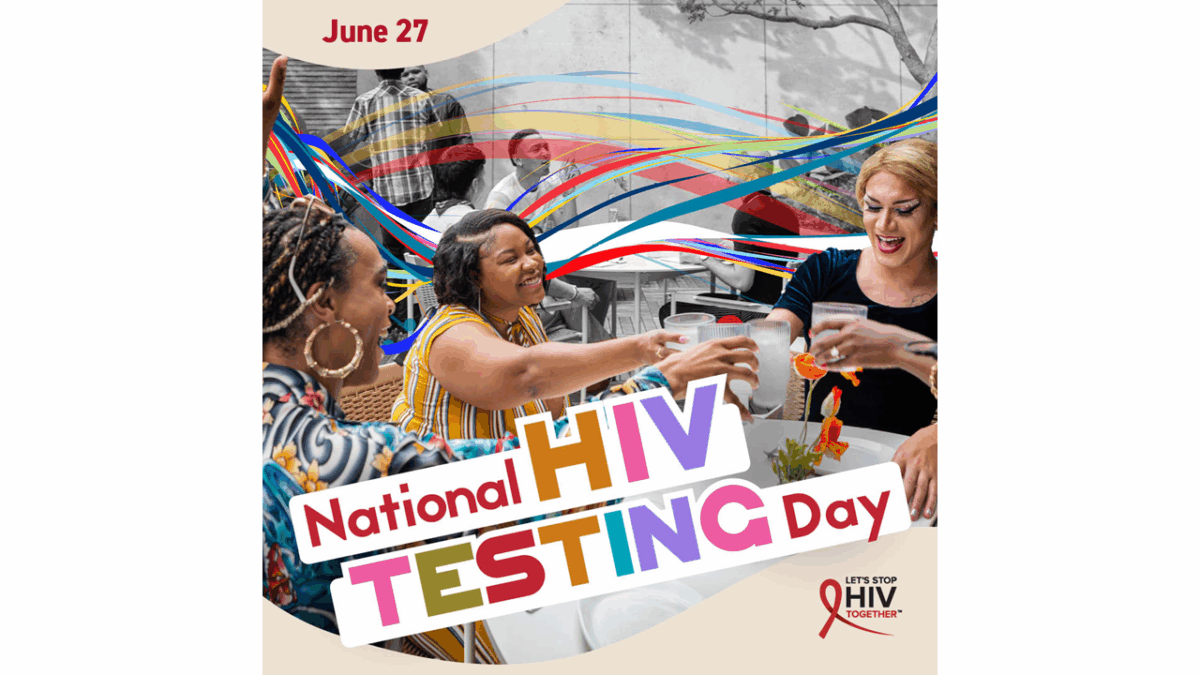When it comes to developing new biotech therapies, strategic data management is more important than ever. Sponsors are challenged with integrating multiple data types in different formats collected at various stages of the drug development process including drug discovery, clinical trials and into commercialization.
The new wave of targeted, biomarker-based therapies have the potential to be very effective in a small patient population. Since the market for these therapies is smaller than that of blockbuster drugs of years past, biotech companies must make rapid, data-driven decisions regarding the fate of a biologic.
A data management system capable of handling data from traditional and newly-identified data in a secure and compliant manner is key to the future success of a given therapy. To learn more about how the digital transformation is driving decision making in the pharmaceutical and biotech sectors, I spoke with Gopal Sharma, Chief Data Architect EU, for Liaison Technologies.
Sharma will be speaking in an upcoming webinar on the patient-centric digital transformation in pharma and biotech. Click here to save your seat for this live event.
How has the shift to smaller, biomarker-based clinical trials changed sponsors’ data needs?
Life sciences companies are now looking for more specific, targeted drug development because the era of blockbuster drugs is over. The availability of data from national health services, like NHS in the UK, and insurance companies is shifting the balance towards data-driven drug discovery. That whole idea of doing wet experiments is now being challenged by in silico development involving computer modeling of the toxicity and efficacy of a drug to treat and provide better care for patients.
Can a single platform manage data from the discovery phase all the way through commercialization?
Yes. Scientists are looking for a unified view of the data from all sources, so the data lineage is very important. Understanding where the data is coming from and ensuring that compliant, secure data is available for analysis are supported when the data is managed at one source.
The whole data lifecycle management – from the early discovery, clinical trials, and drug development through to Phase IV pharmacovigilance – provide a unified and consolidated view of data. This is very useful for devising the right therapies and providing aftercare for patients.
How are life sciences companies currently managing their clinical data, and how could this be improved?
Most of the clinical trials data today is coming from the CROs and the inherent challenge is that data comes in a different format depending on the source. However, standardization of the metadata or the master data can help address this issue. The ability to curate data from different sources into one single source is a better option, rather than having multiple layers of the data coming from different sources.
Are the cloud-based platforms being put in place to manage data today, future-proof?
I think that the availability to access data 24/7 is one of the big benefit of cloud-based platforms. Most of the cloud services being provided are very much secure. They are compliant with all the regulatory requirements – whether they apply to the patient, the therapy or some of the IPs surrounding molecule discovery – which means you are not bound by your on-premises infrastructure.
Because the data is available 24/7, it can get reused by multiple applications, including those for data analytics and digital transformation. This is a huge benefit of a cloud-based system which can allow you to onboard some of the new data elements very quickly, without actually going through the internal requirements of a heavy capital investment and internal service provisions.
What are the regulatory advantages of implementing a robust data management system?
An inherent feature of this industry is the trust that a patient places in a drug or biologic. Once we achieve that level of trust, we must maintain it.
All the regulatory frameworks built around data collection are actually designed to enable safe drug discovery and drug development. These regulations are put in place to ensure that the data is compliant and elicits a huge degree of confidence. This is the most important aspect of data management as a whole for providing safe drug and care for patients.
What can attendees expect to learn from your upcoming webinar?
I think the challenge for the R&D information scientist is combining multiple sets of data, including where the data is coming from, how it’s being ingested within the organization’s information architecture, how it’s being standardized and whether it’s compliant and legal to be used for developing cures and care for patients. It can be challenging, but the ability to use this information to create the right data marts or data lakes to drive the right analytics can translate into a real benefit to the patient.
What this webinar will provide is the guidance on creating the right data strategies and the right data architectural capabilities, and how data governance can be implemented within the organization to ensure that the data provides the right business transformation and patient-centricity. After all, the focus of this data-enabled information architecture is on improving, and saving, patients’ lives.
To learn more about data life cycle management for the life sciences, register for Liaison’s upcoming webinar titled, “Enabling Patient-Centric Digital Transformation in Pharma and Biotech.”
How are you managing data collected from all stages of drug development? Share your thoughts in the comments section below!
This article was created in collaboration with the sponsoring company and the Xtalks editorial team.










Join or login to leave a comment
JOIN LOGIN